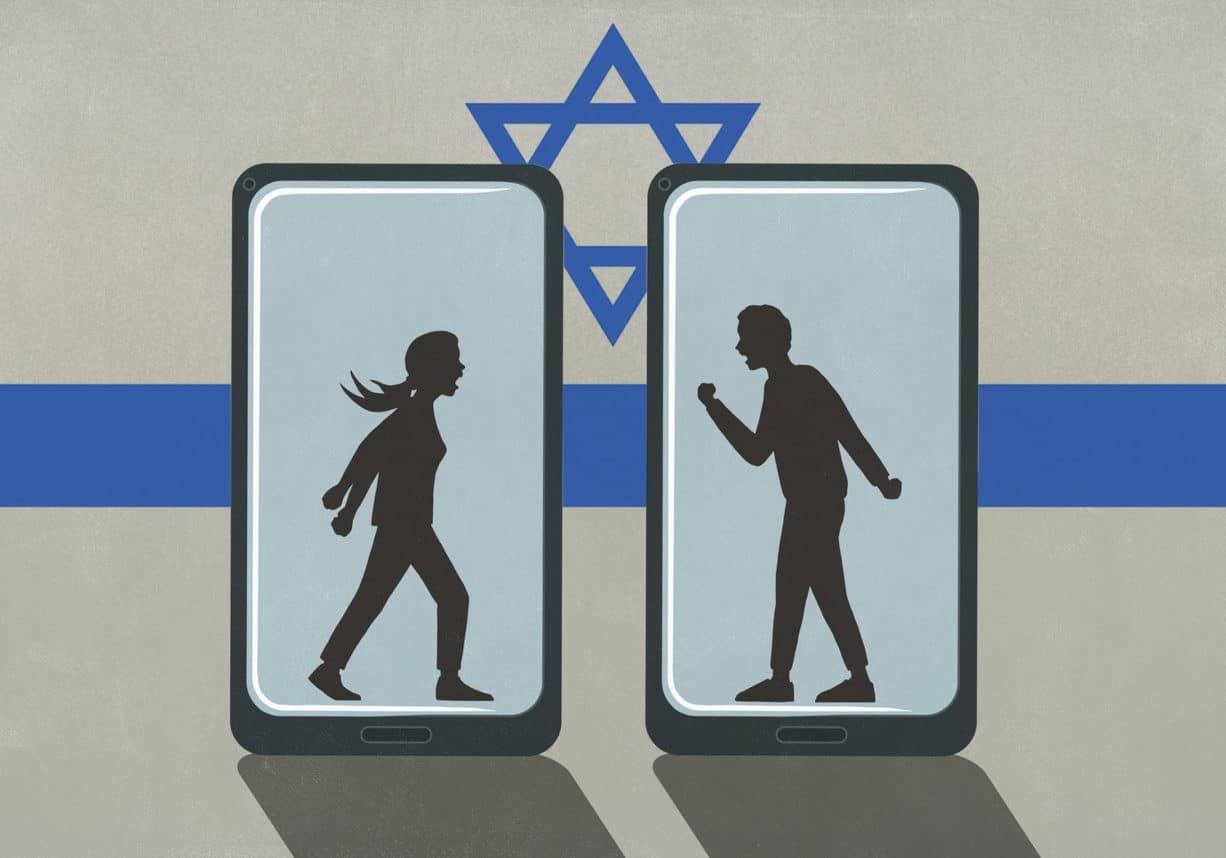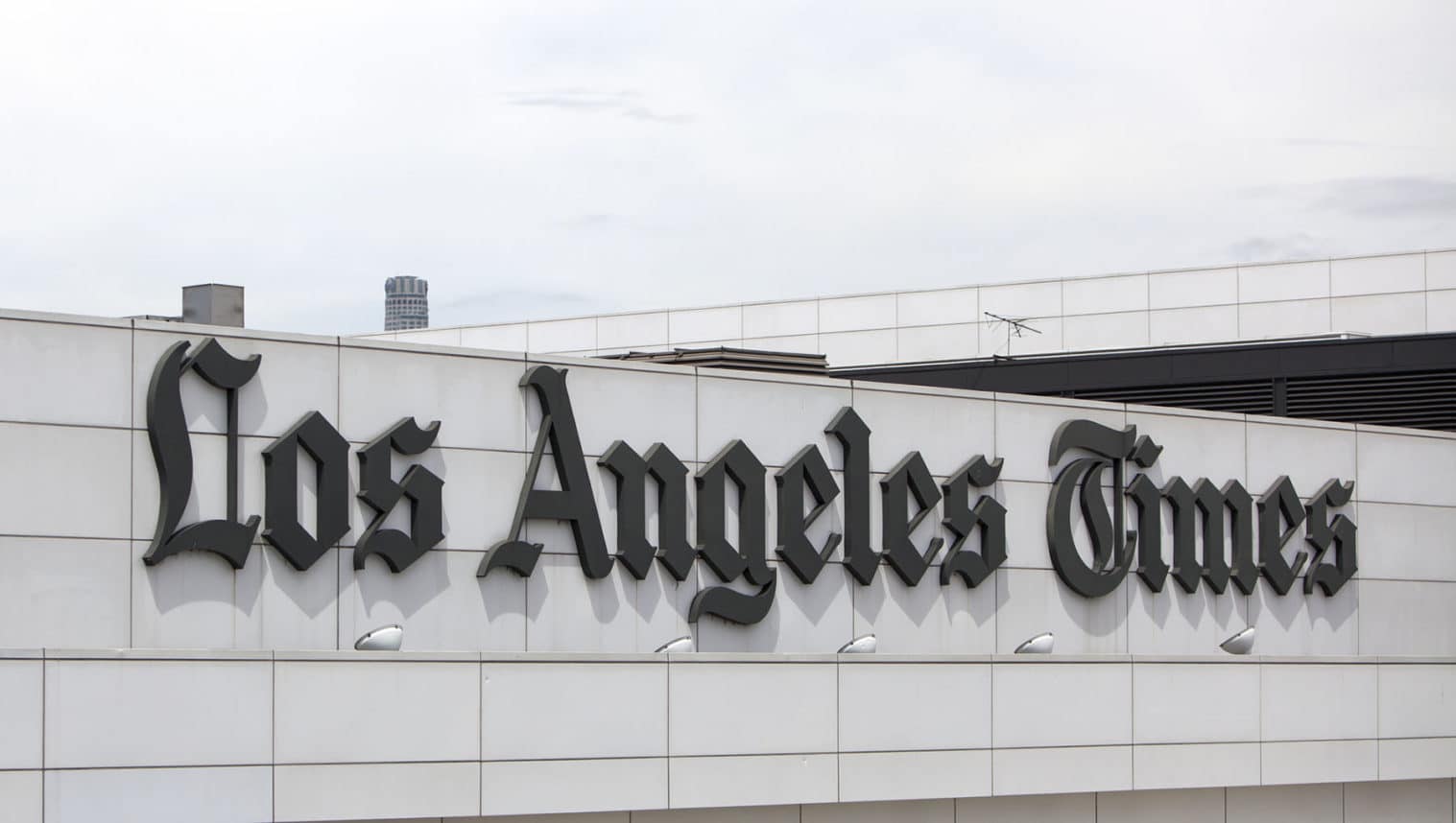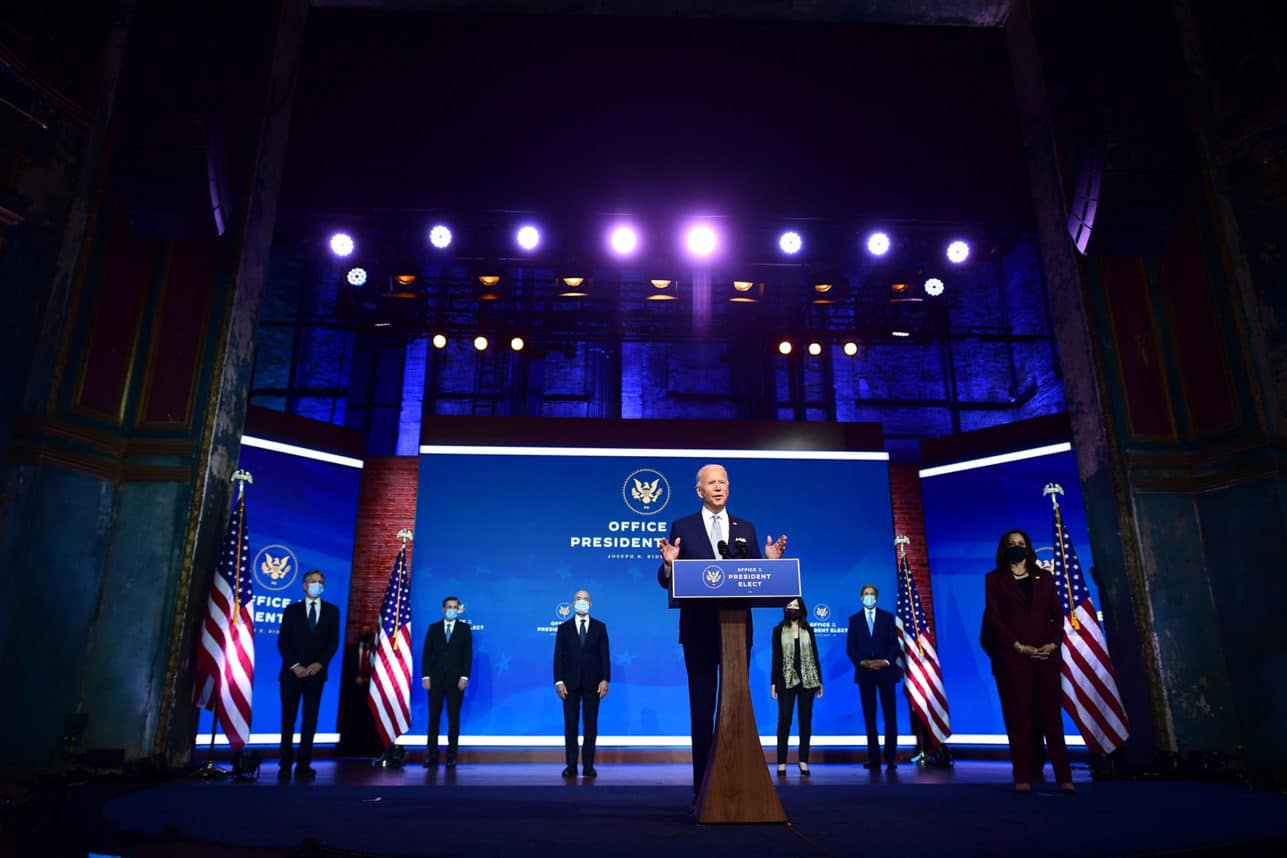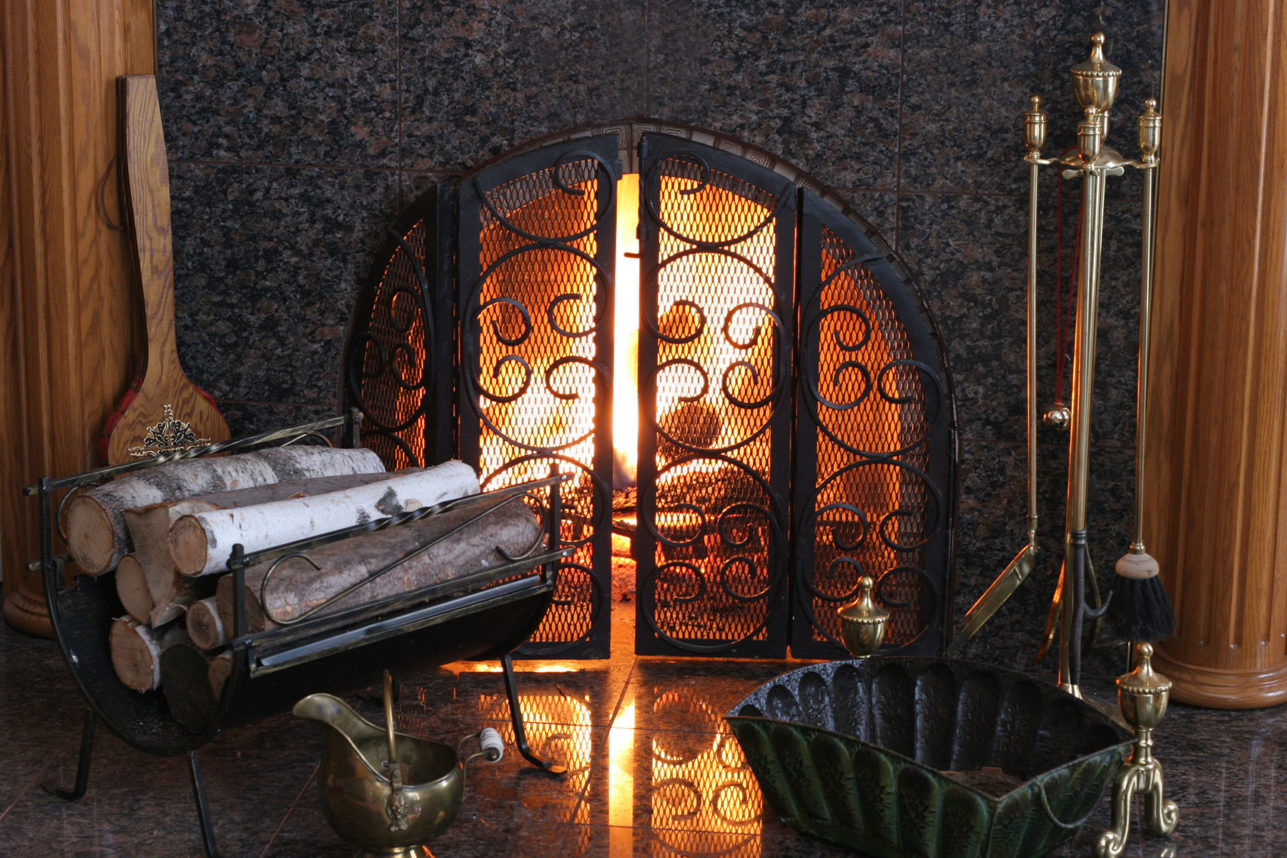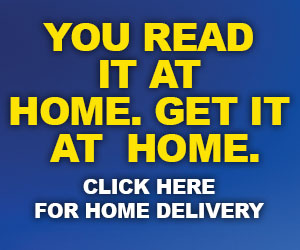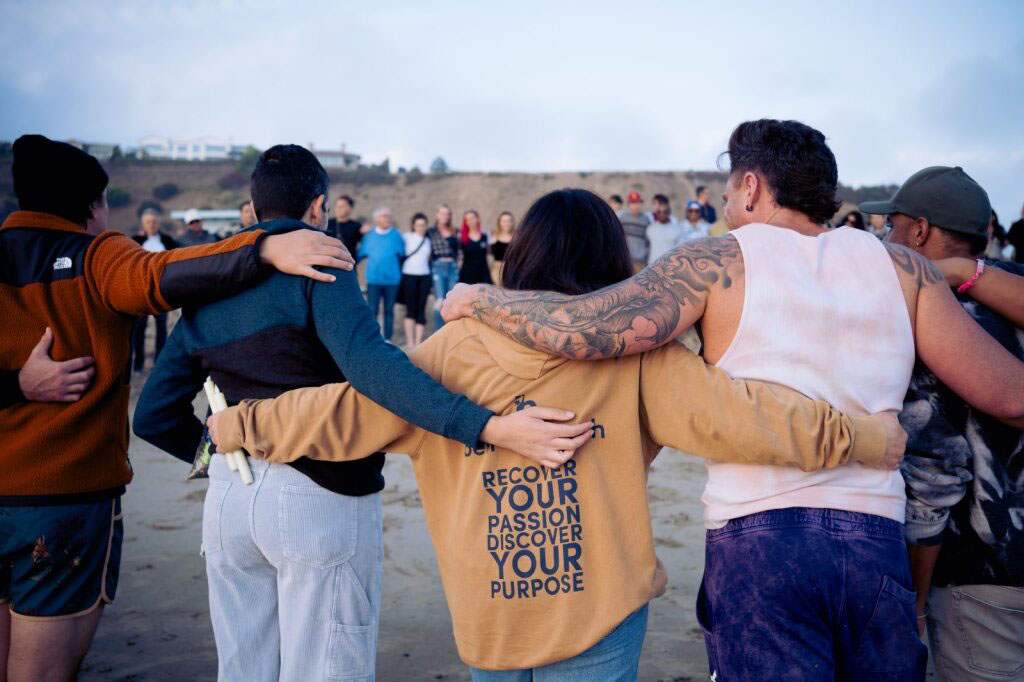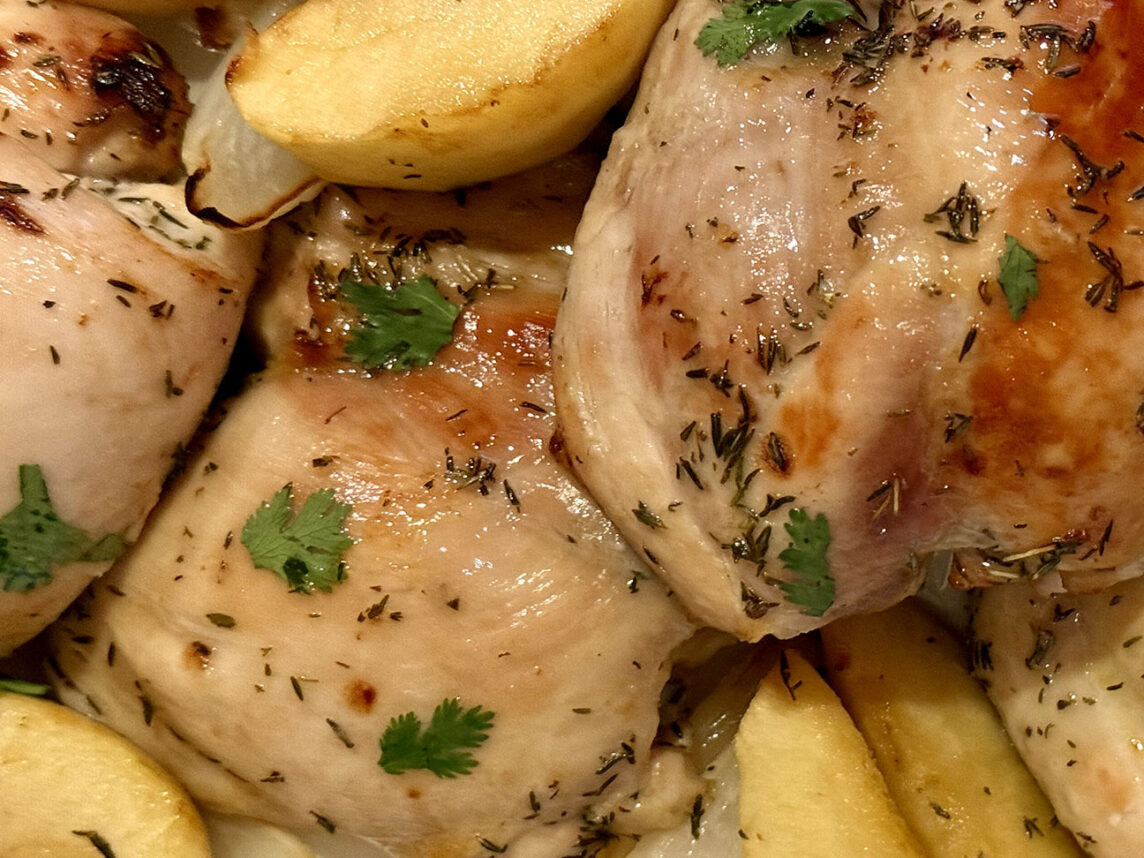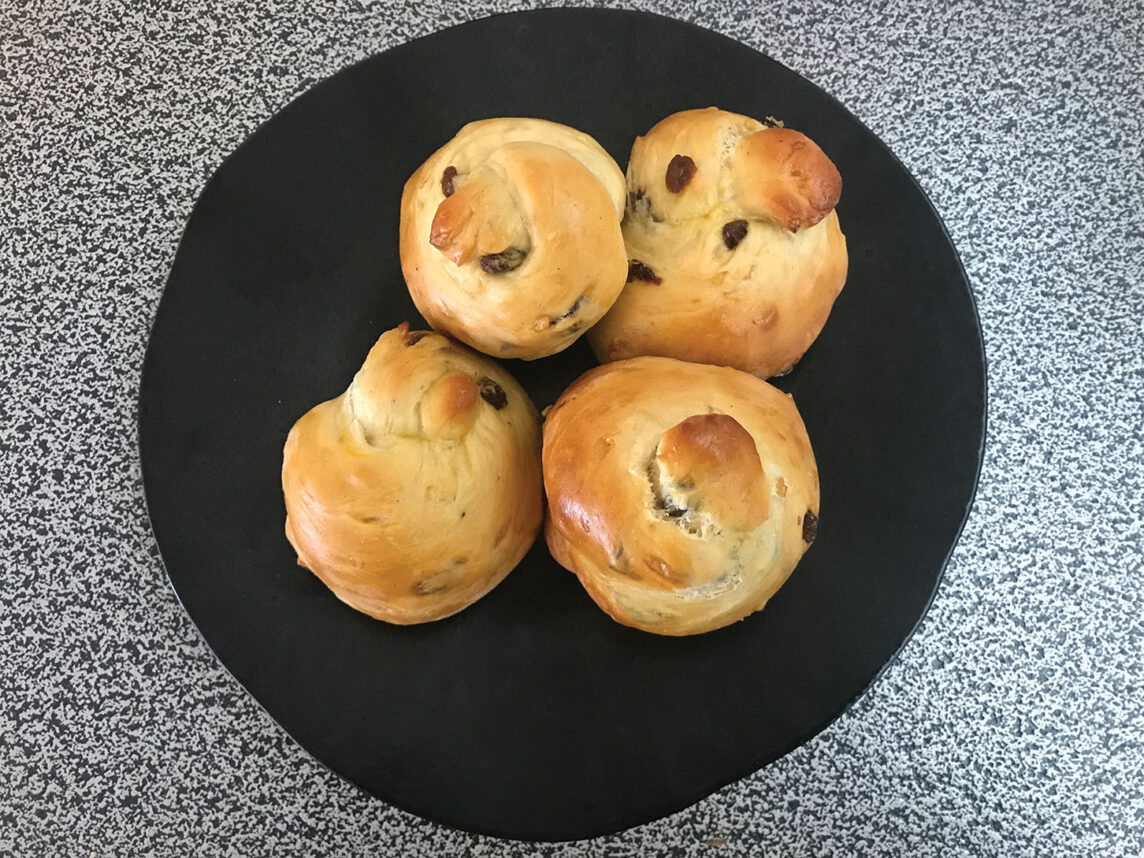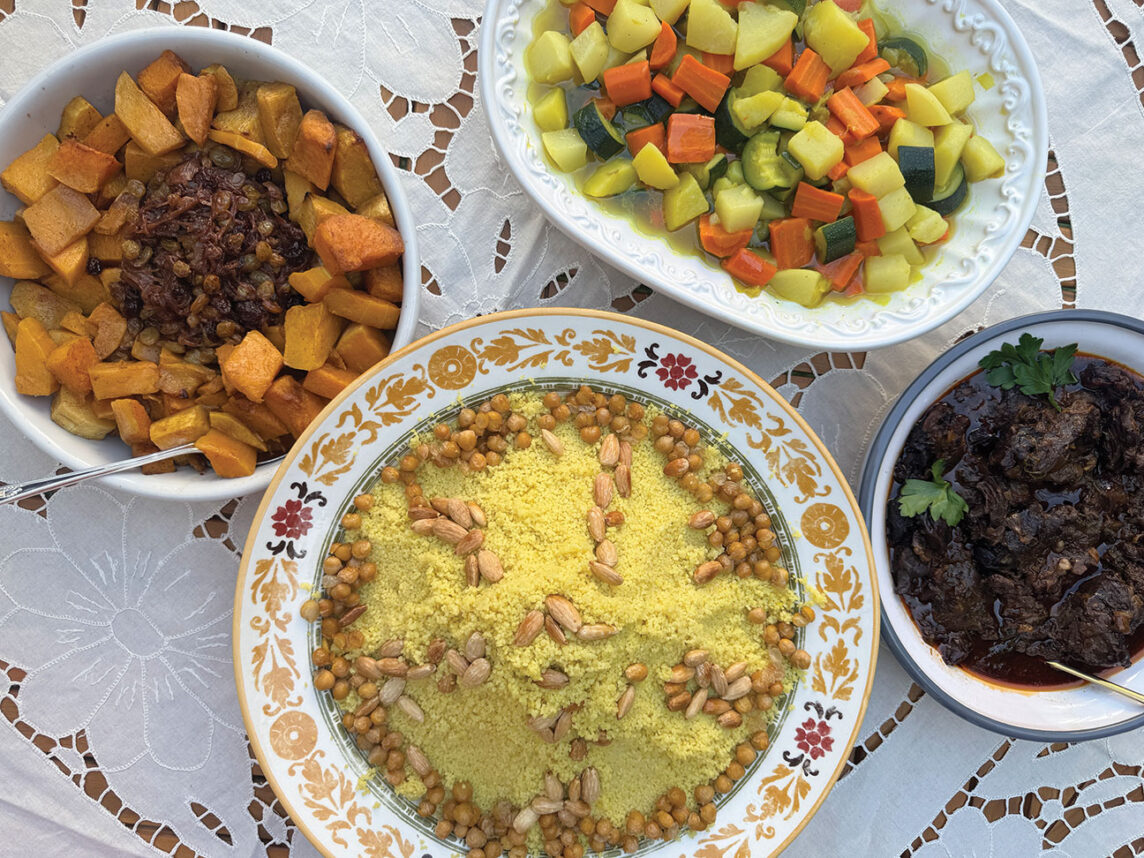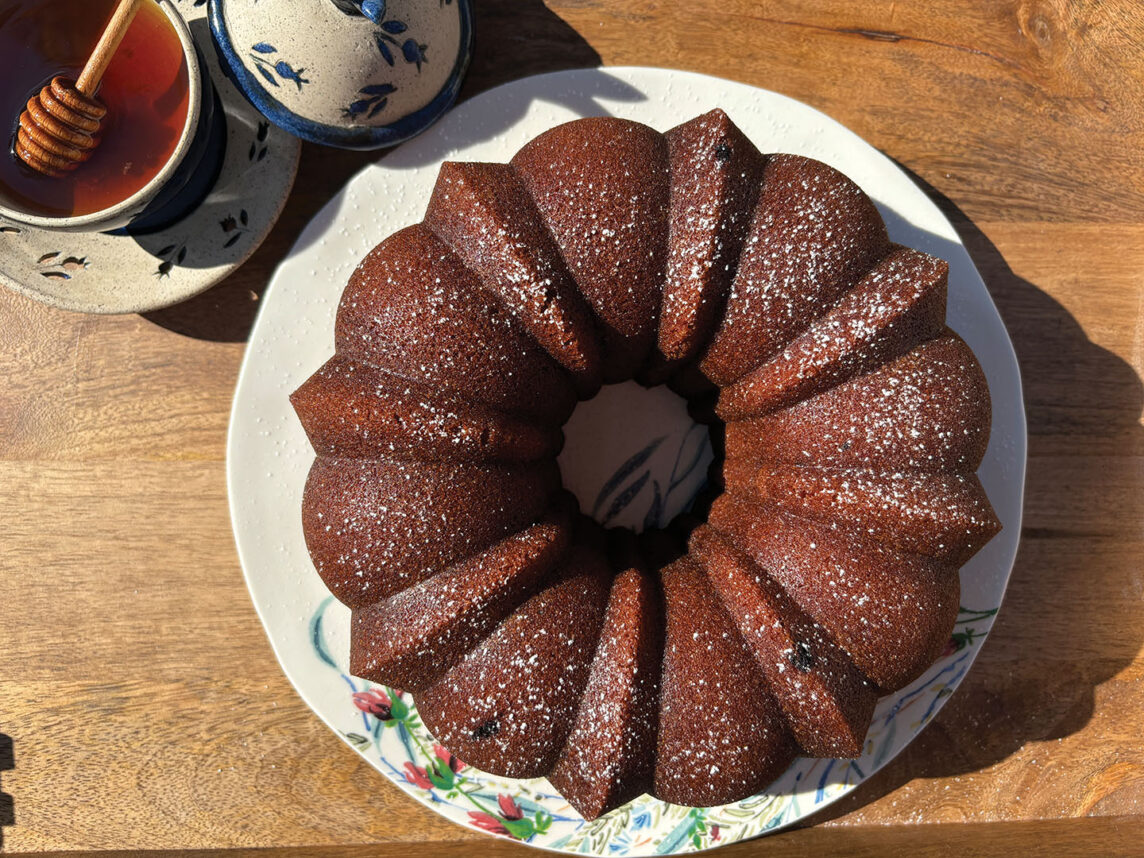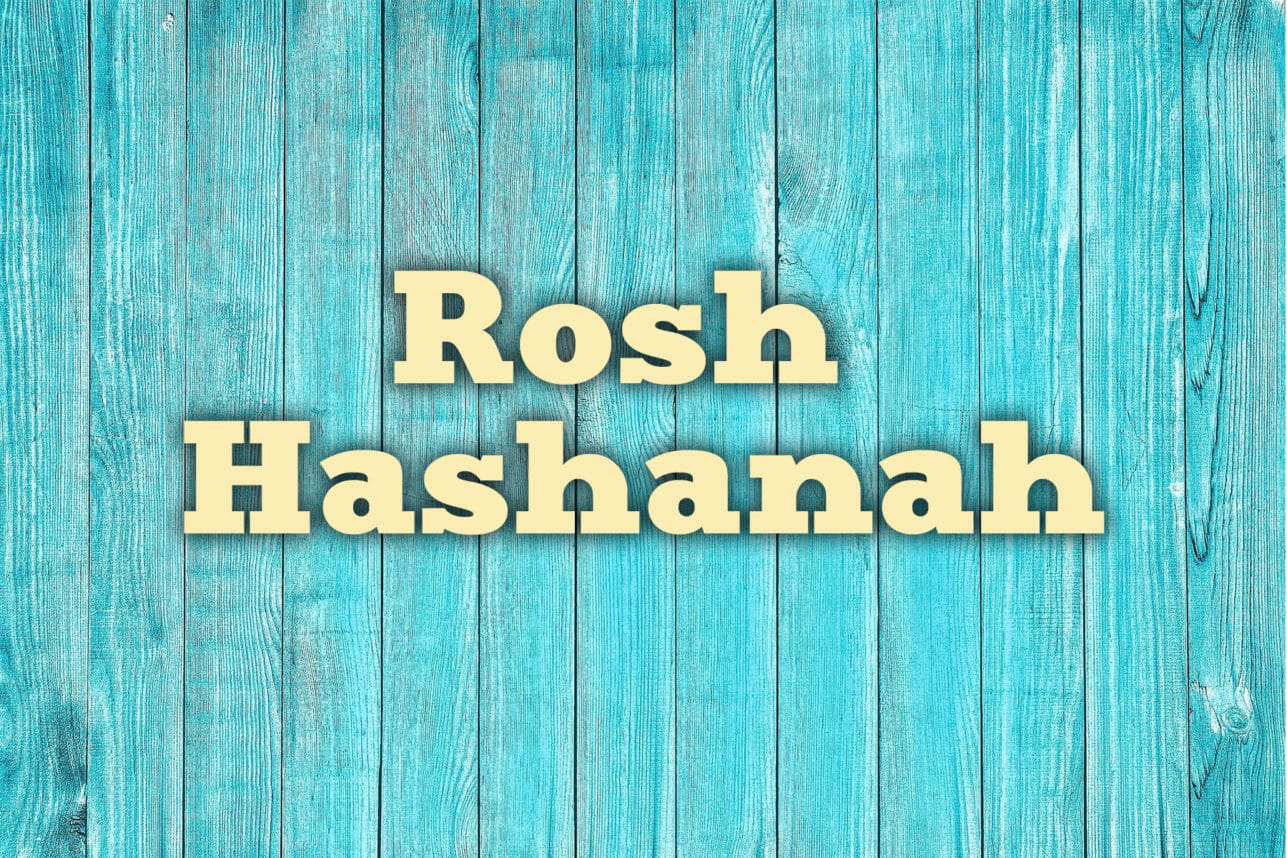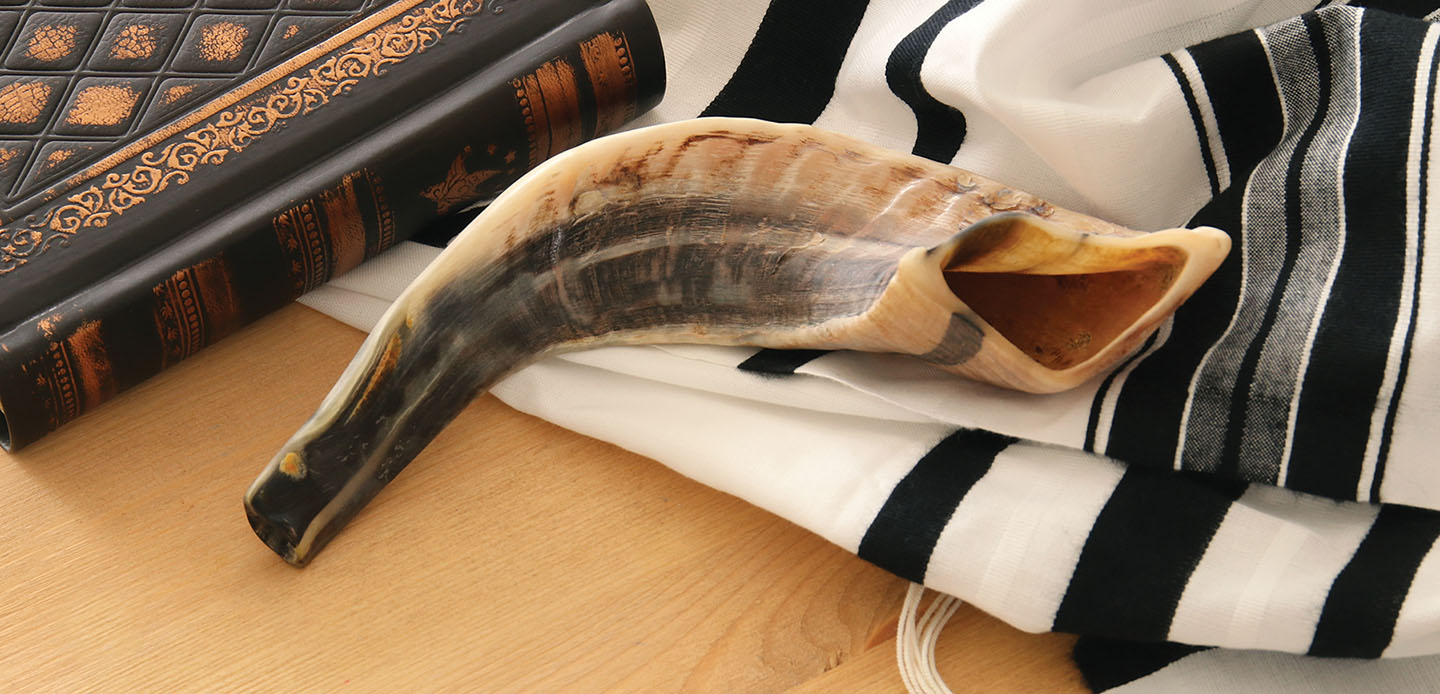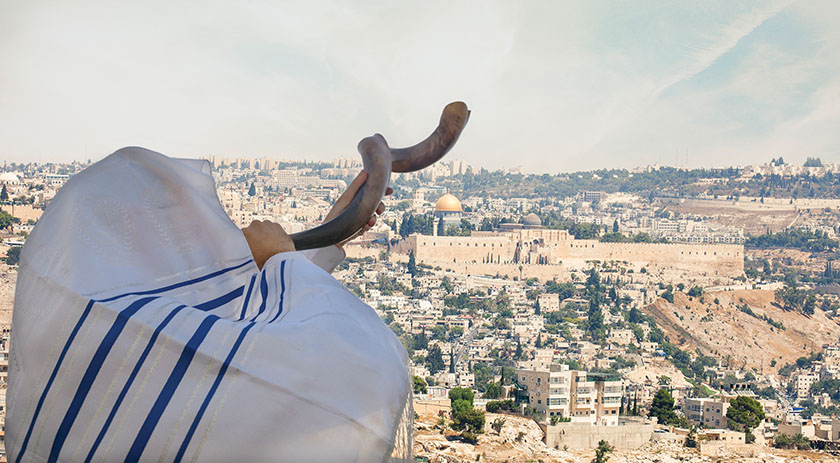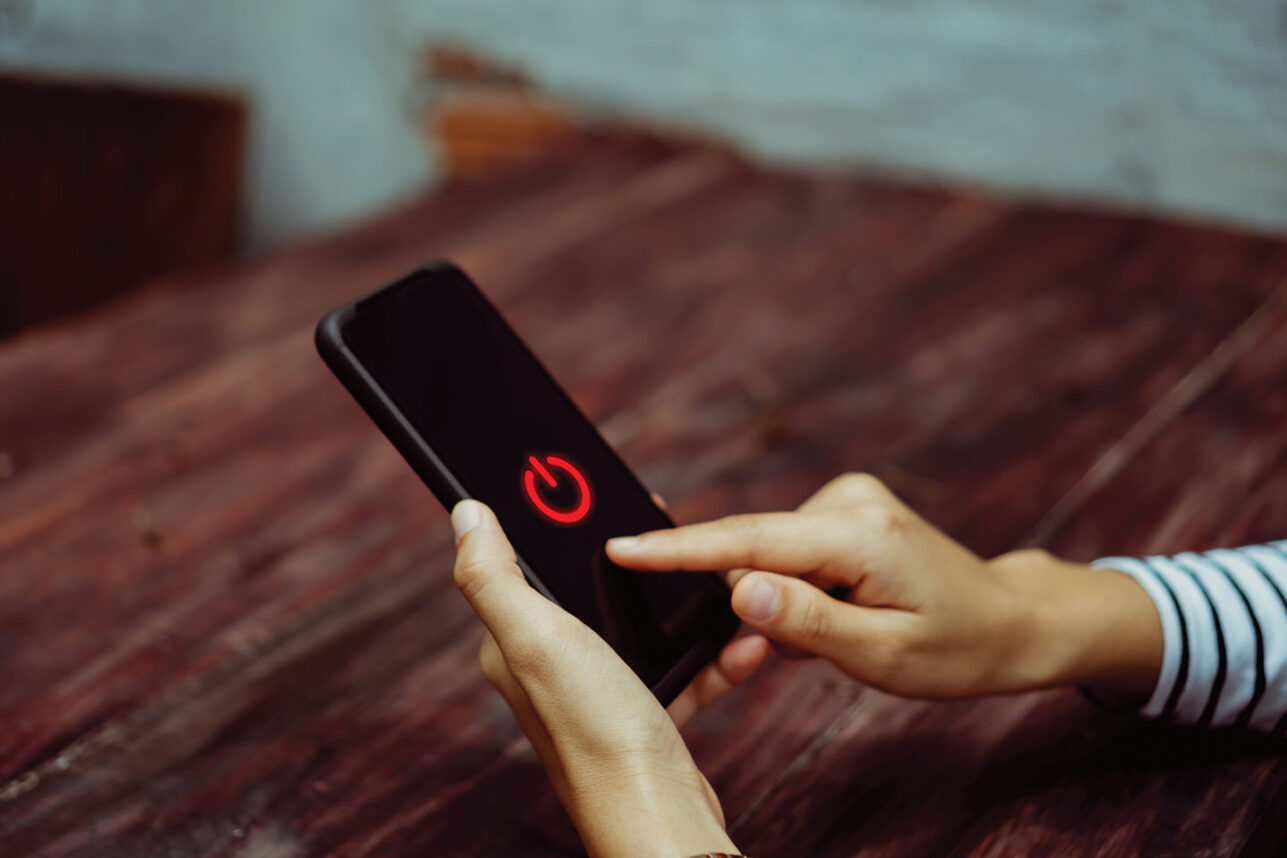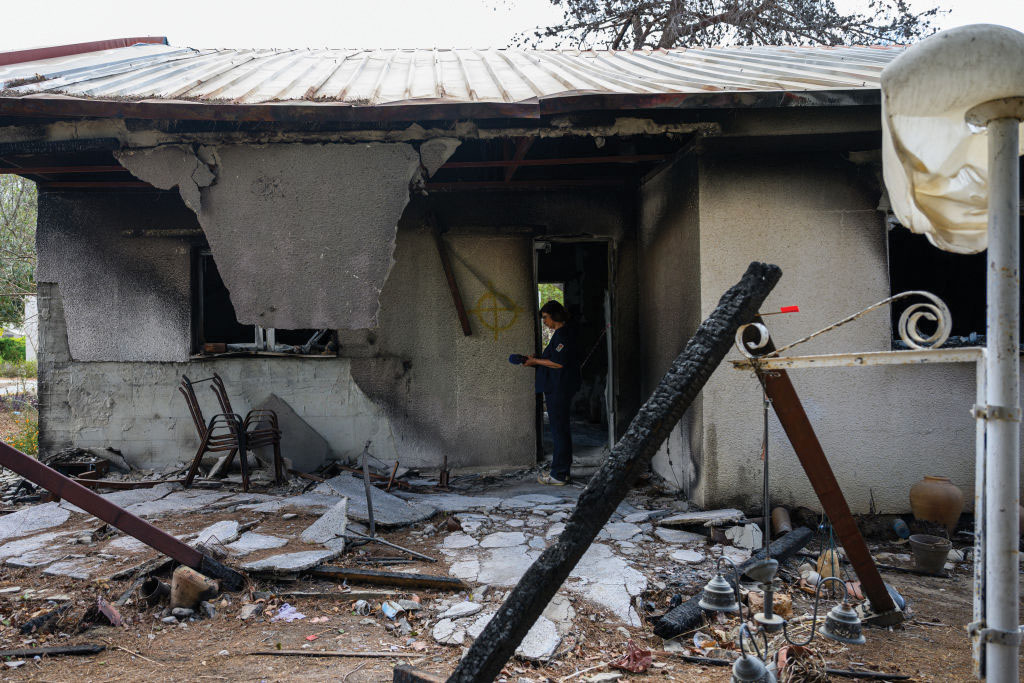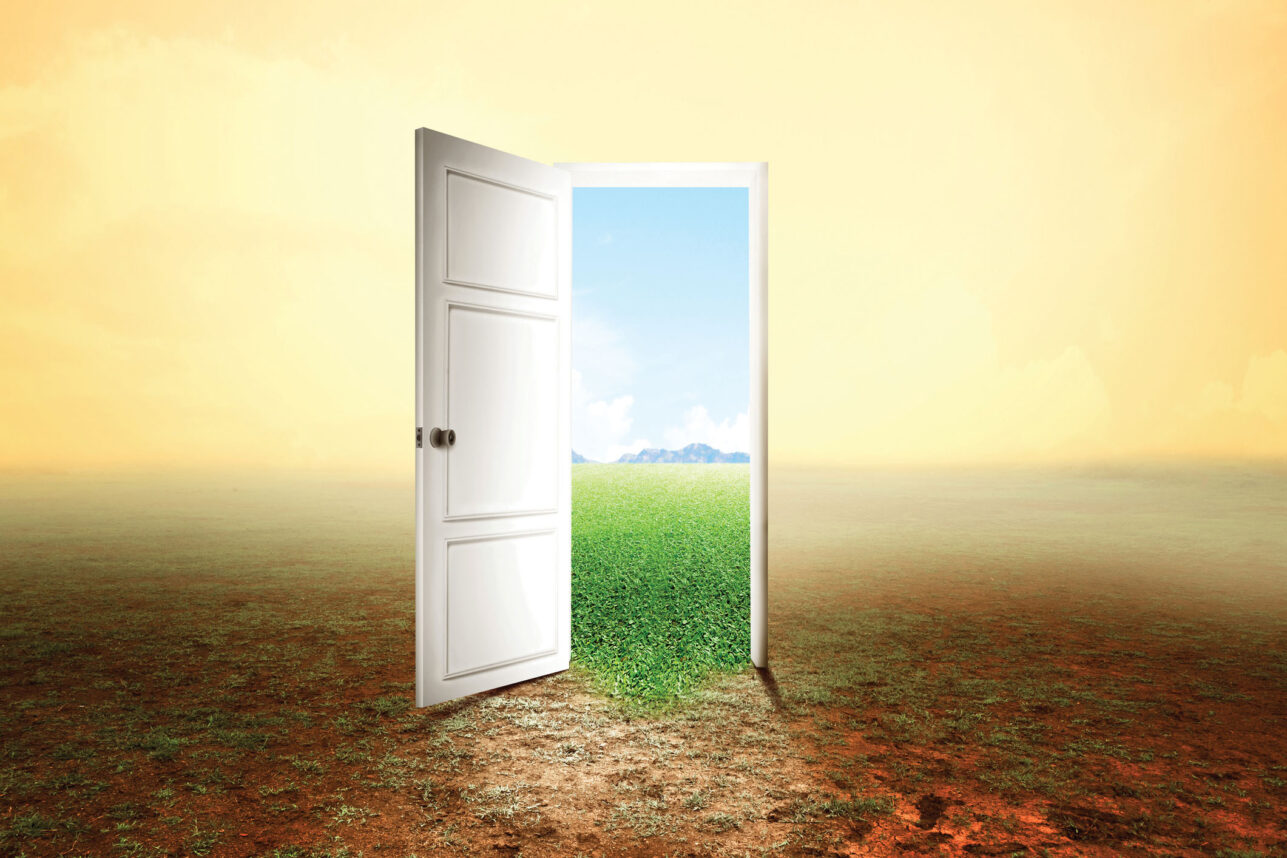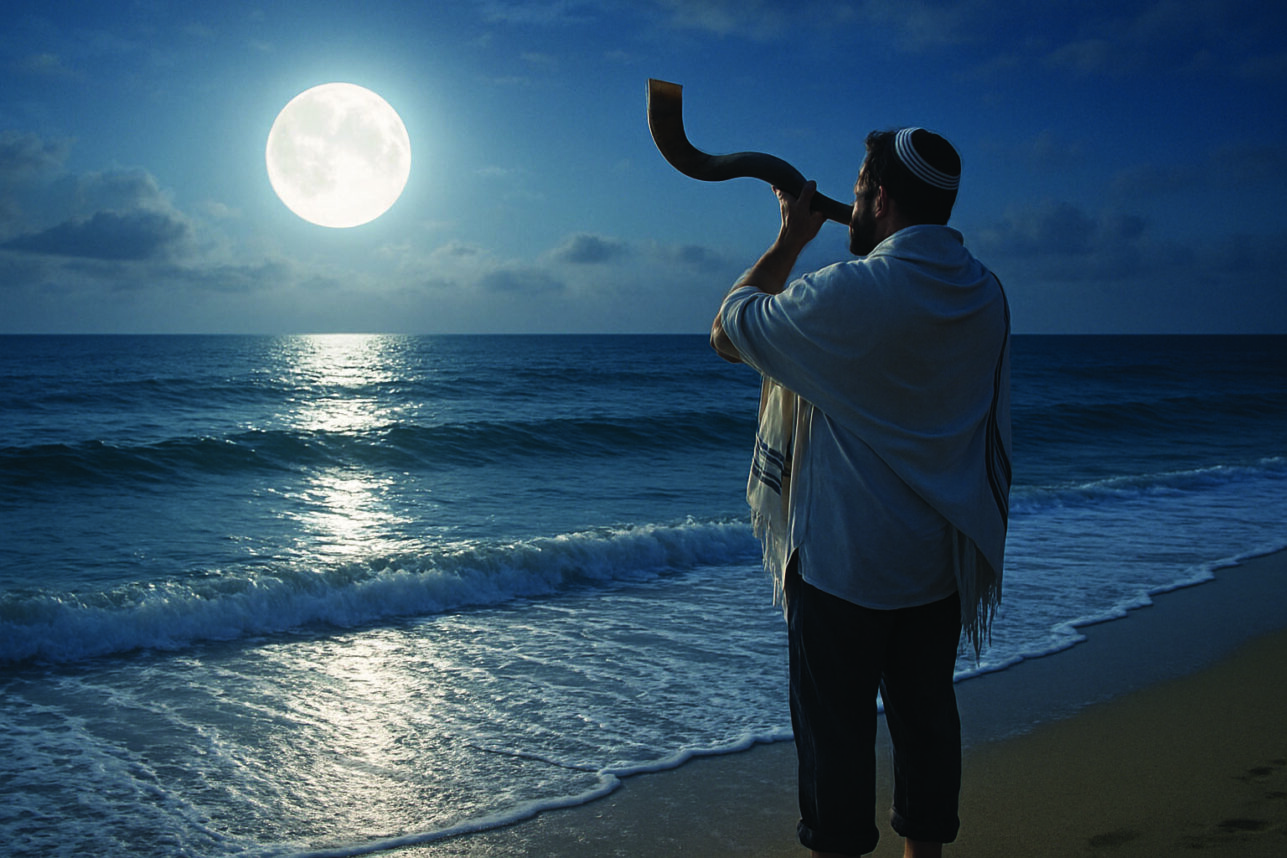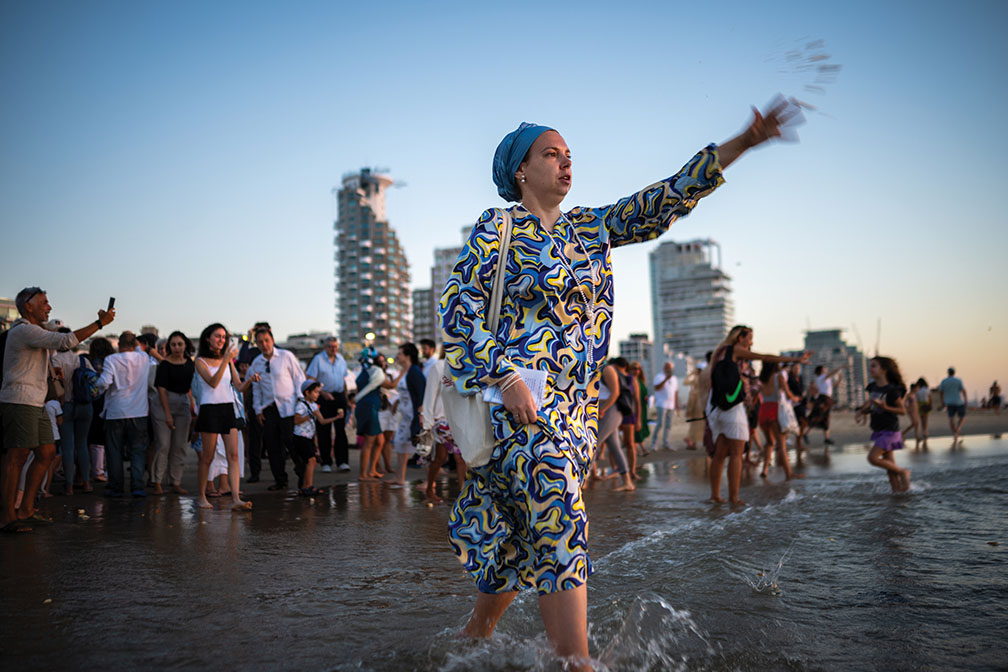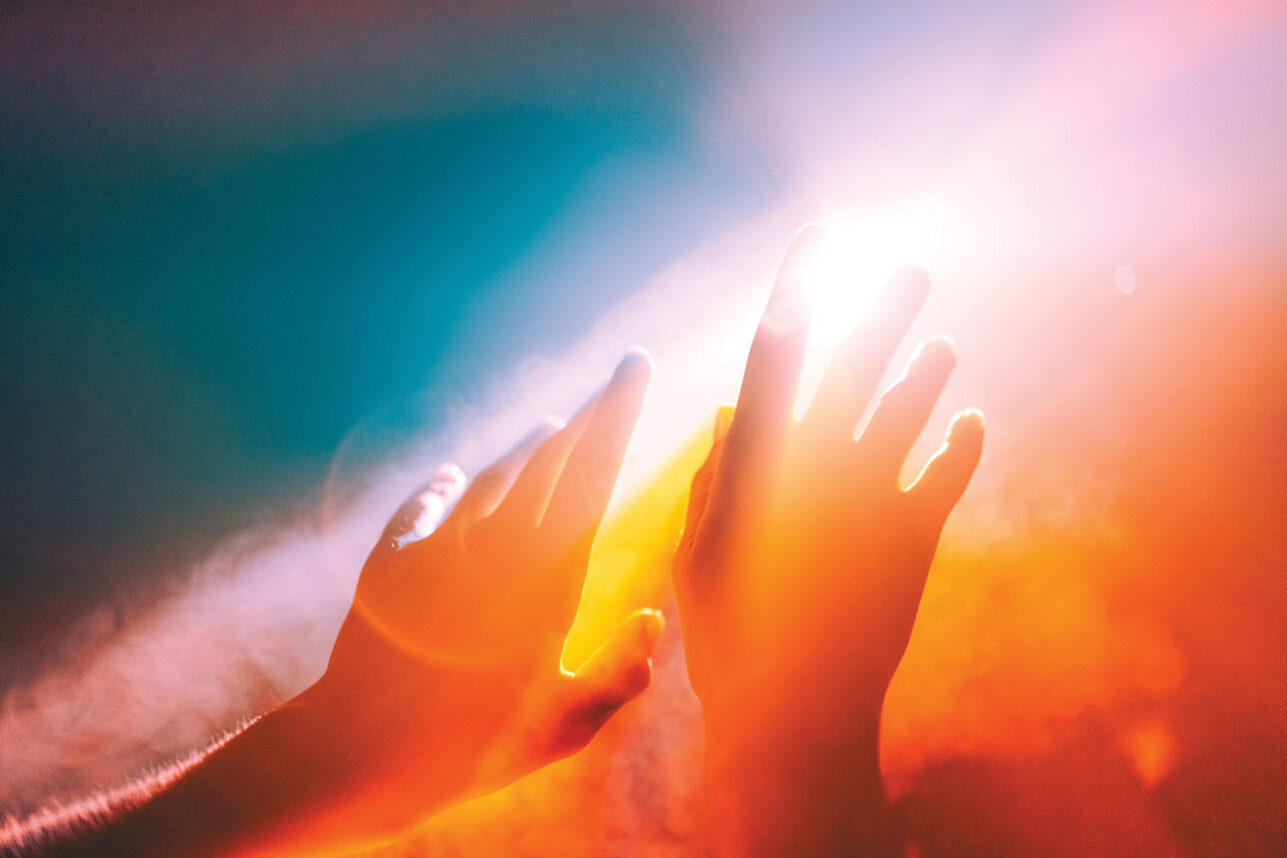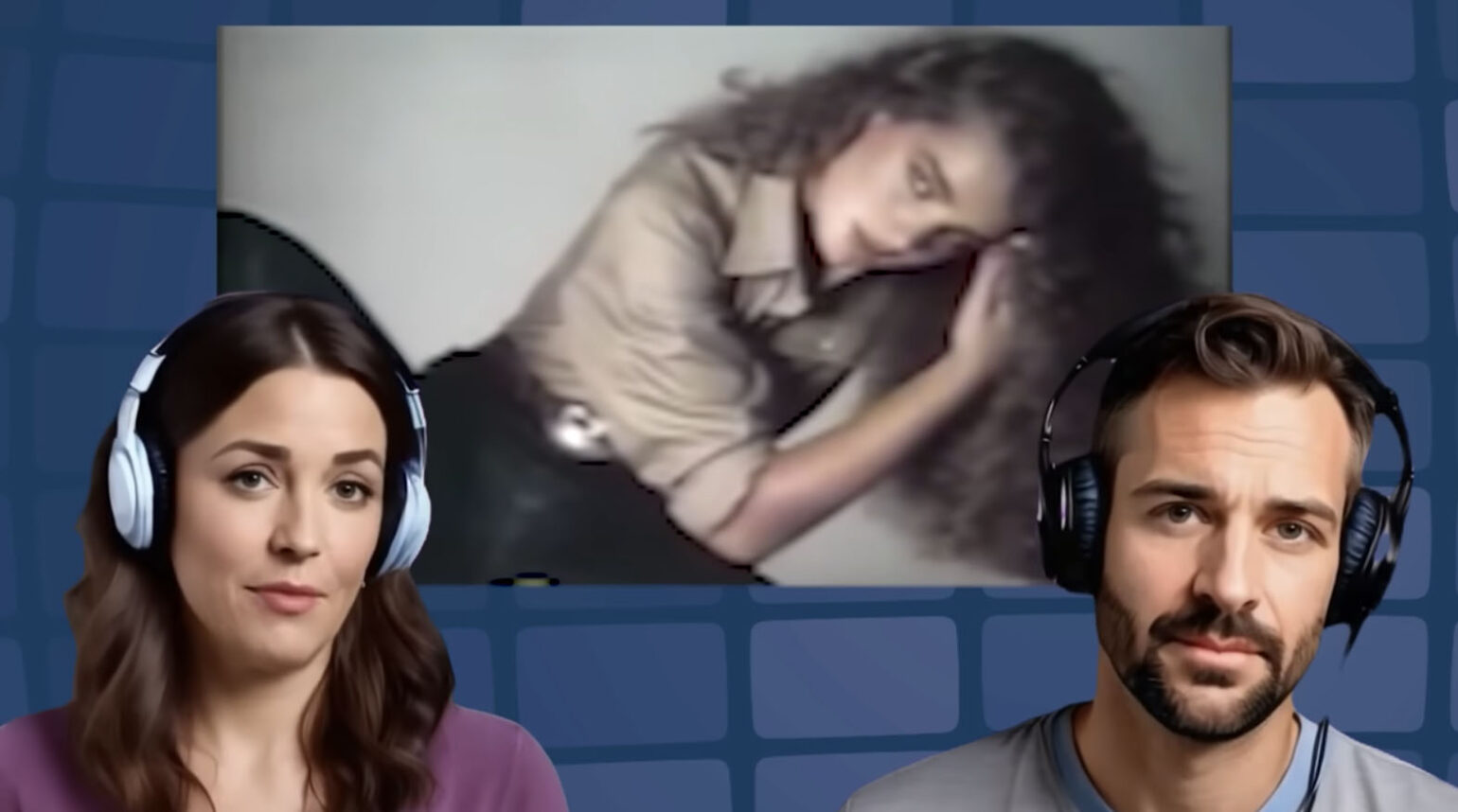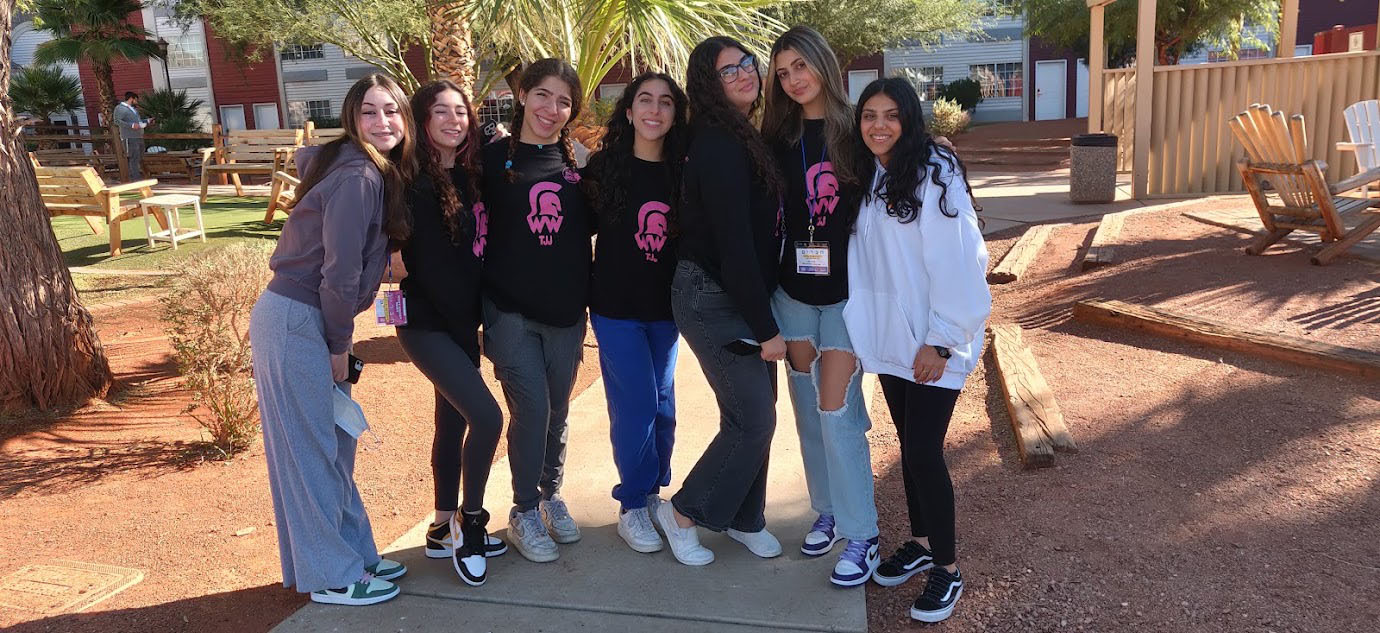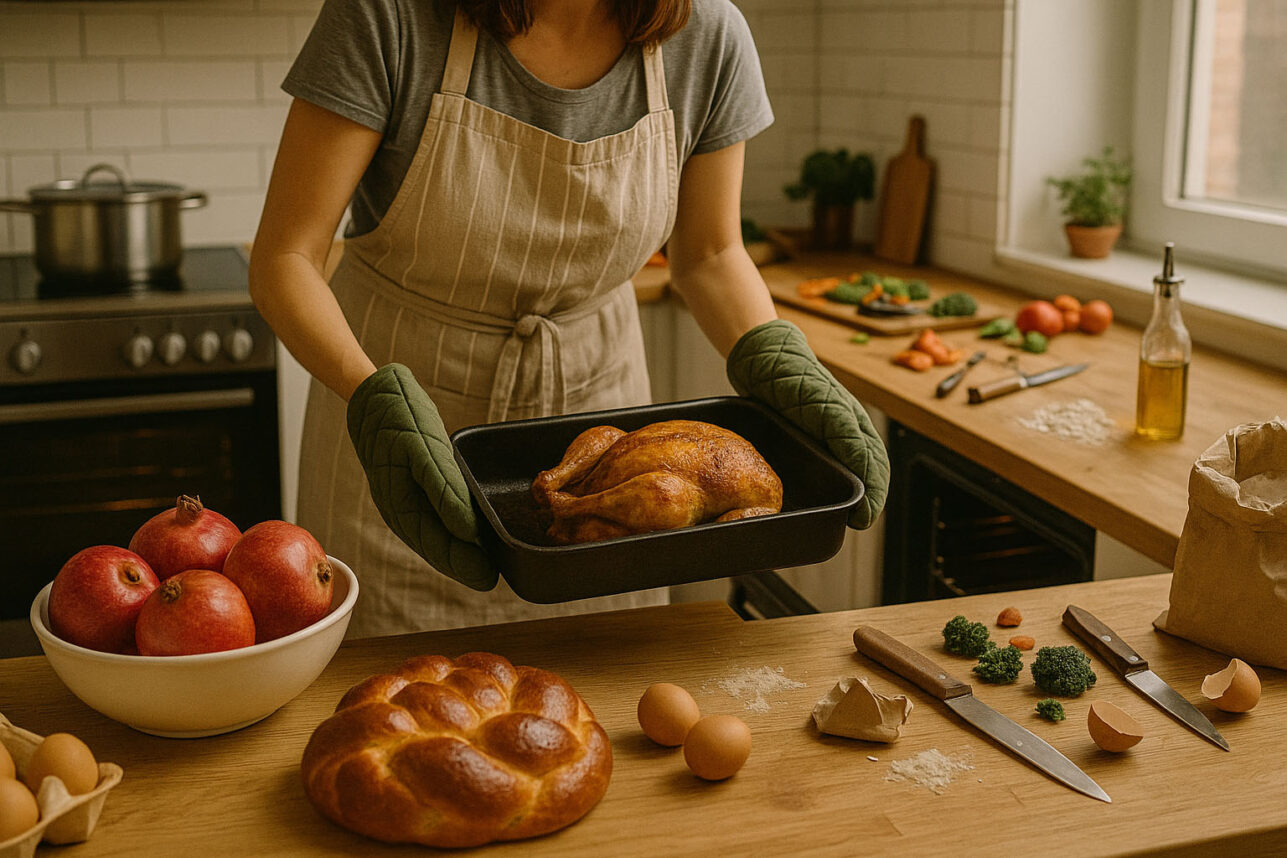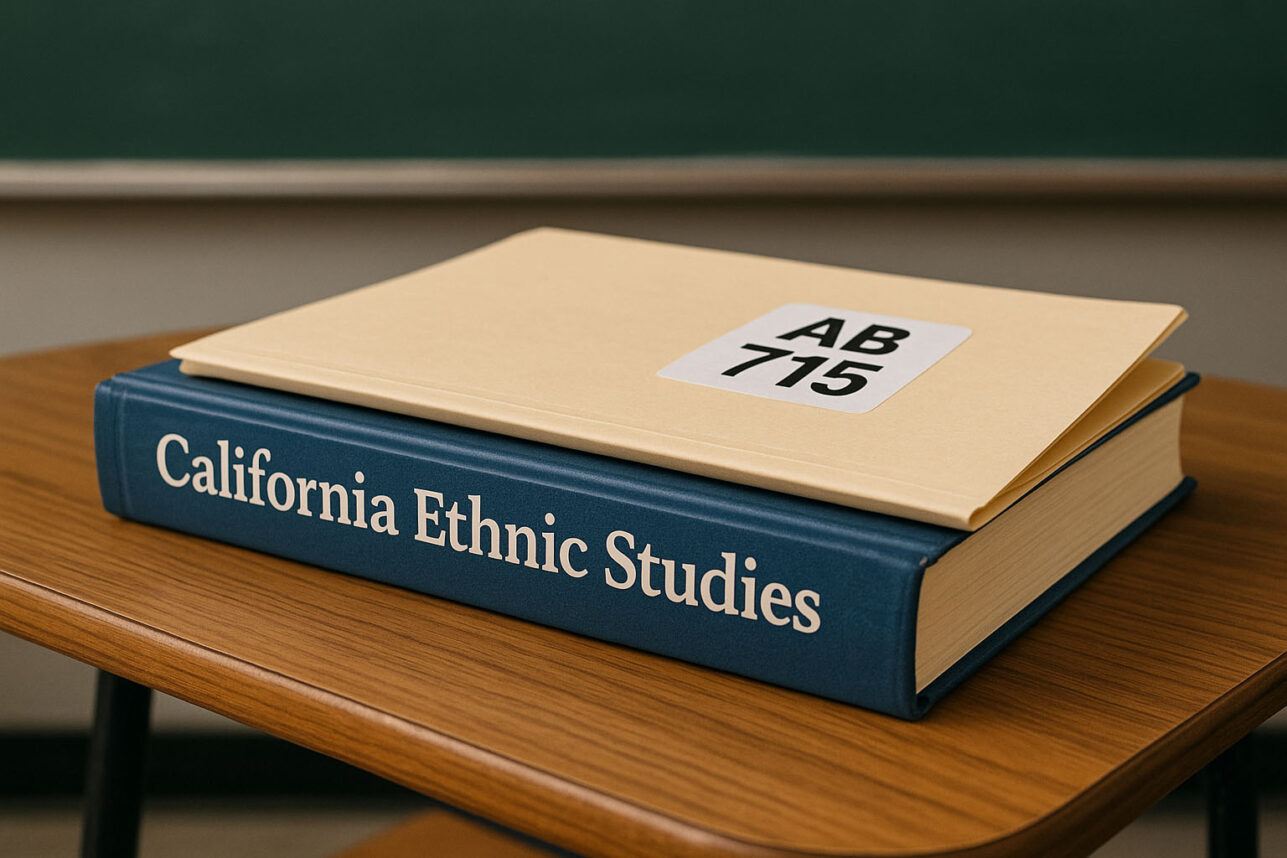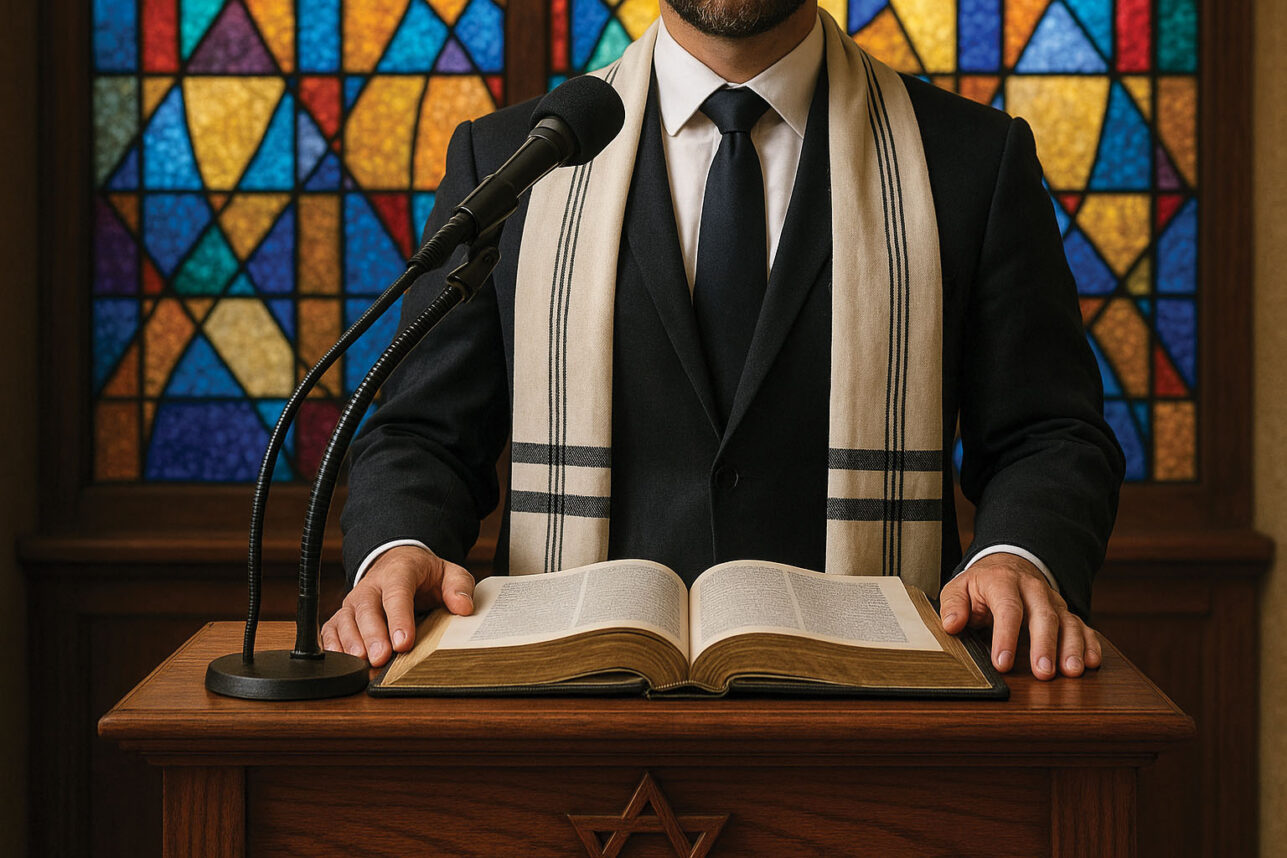
After reading the story of Jonah on Yom Kippur, what better way to break the fast than with a meal featuring these Jonah and the Whale placemats?
For this project, I used a drawing of Jonah that I created for a Jonah and the Whale tissue box a few years ago. You can download that, draw your own Jonah or substitute photos of family members so they can be in the belly of the whale. My favorite part of the placemat is the blowhole for the napkin.
What you’ll need:
Blue construction or poster paper
White paper
Glue stick
Scissors
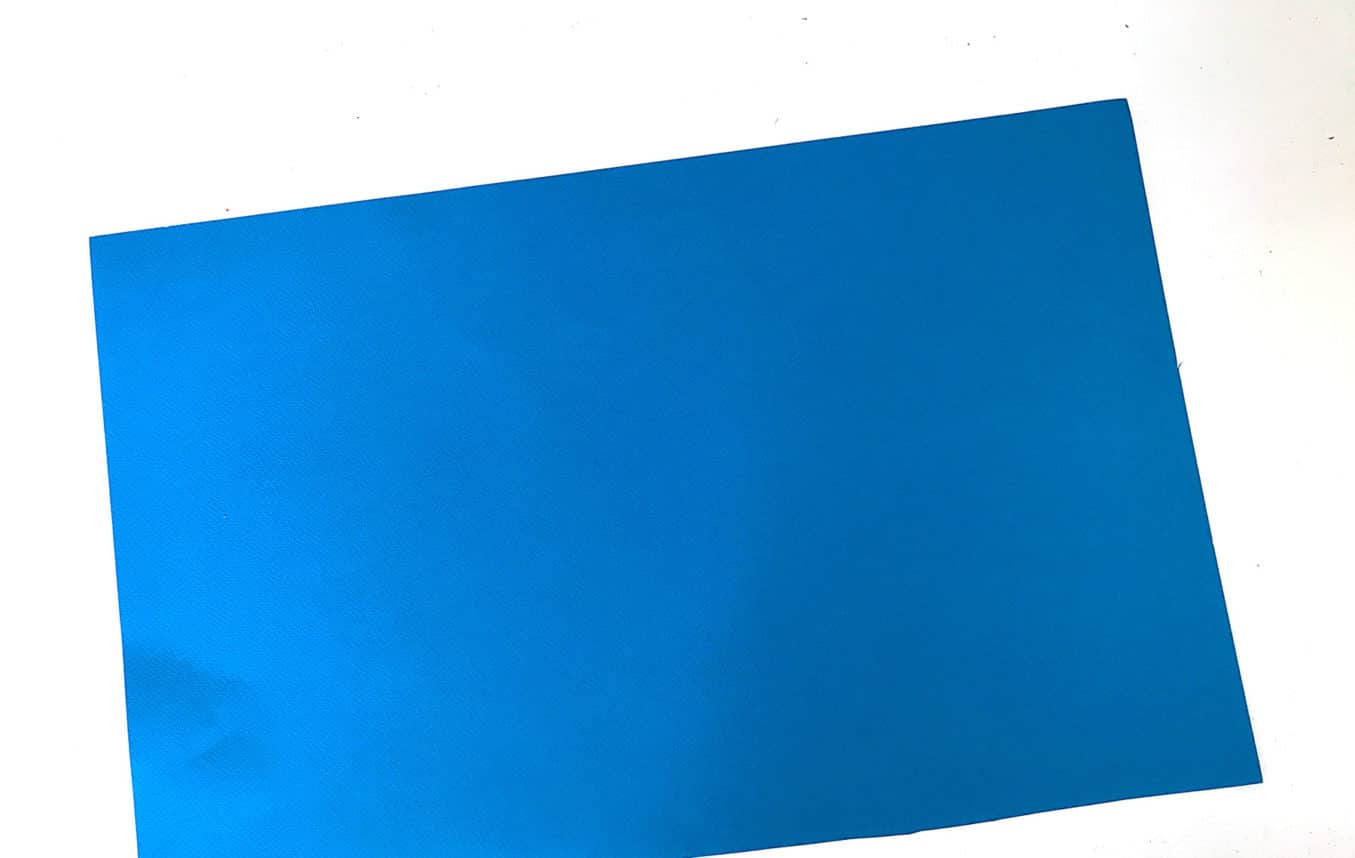
1. Start with a large sheet of blue construction paper or poster paper. Mine was 12 inches by 18 inches.

2. Cut a whale shape out of the paper. You don’t have to be anatomically correct. Just make a rectangle with rounded corners with one side taller than the other.
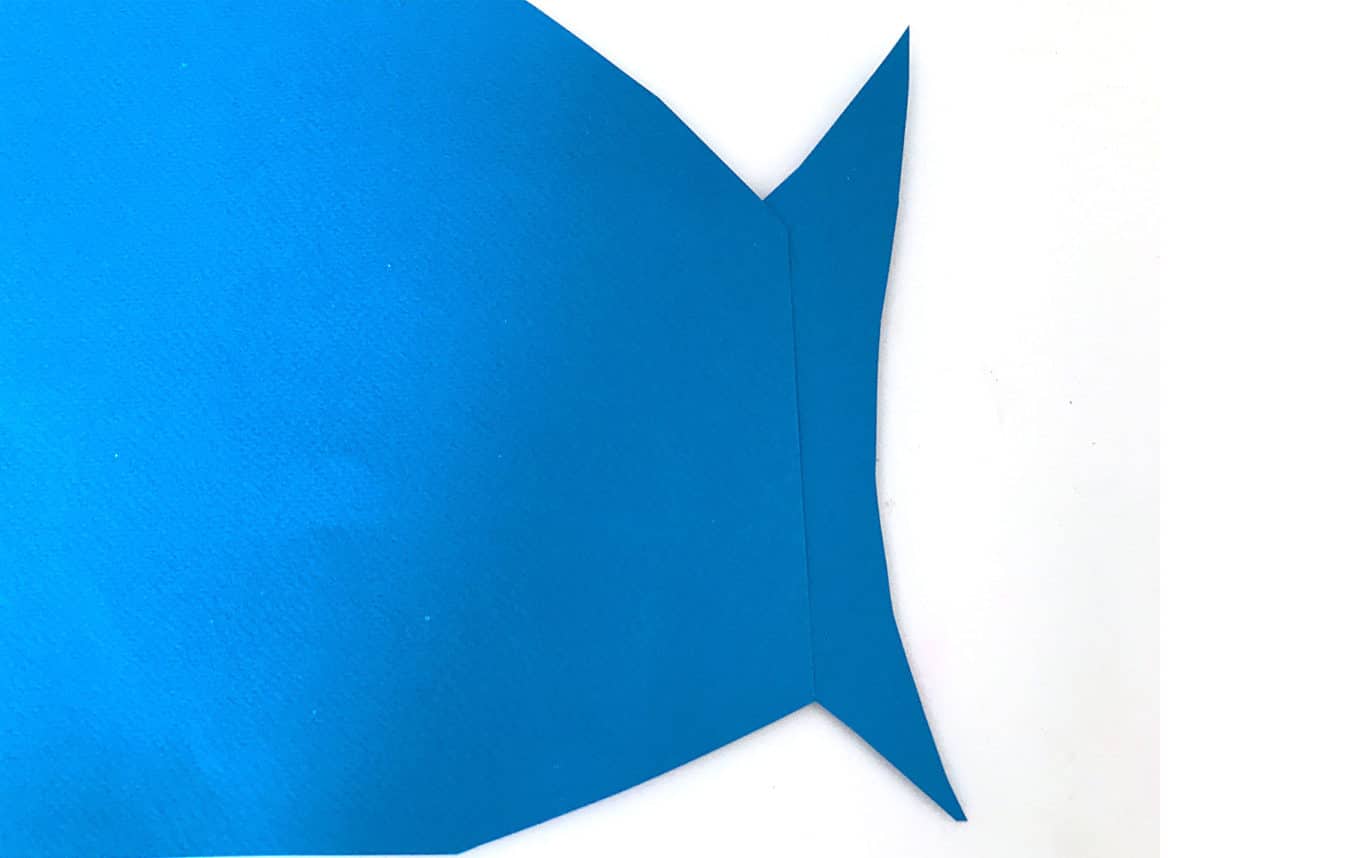
3. With the excess paper you cut off, fashion a tail and attach it to the shorter end of the whale with a glue stick.
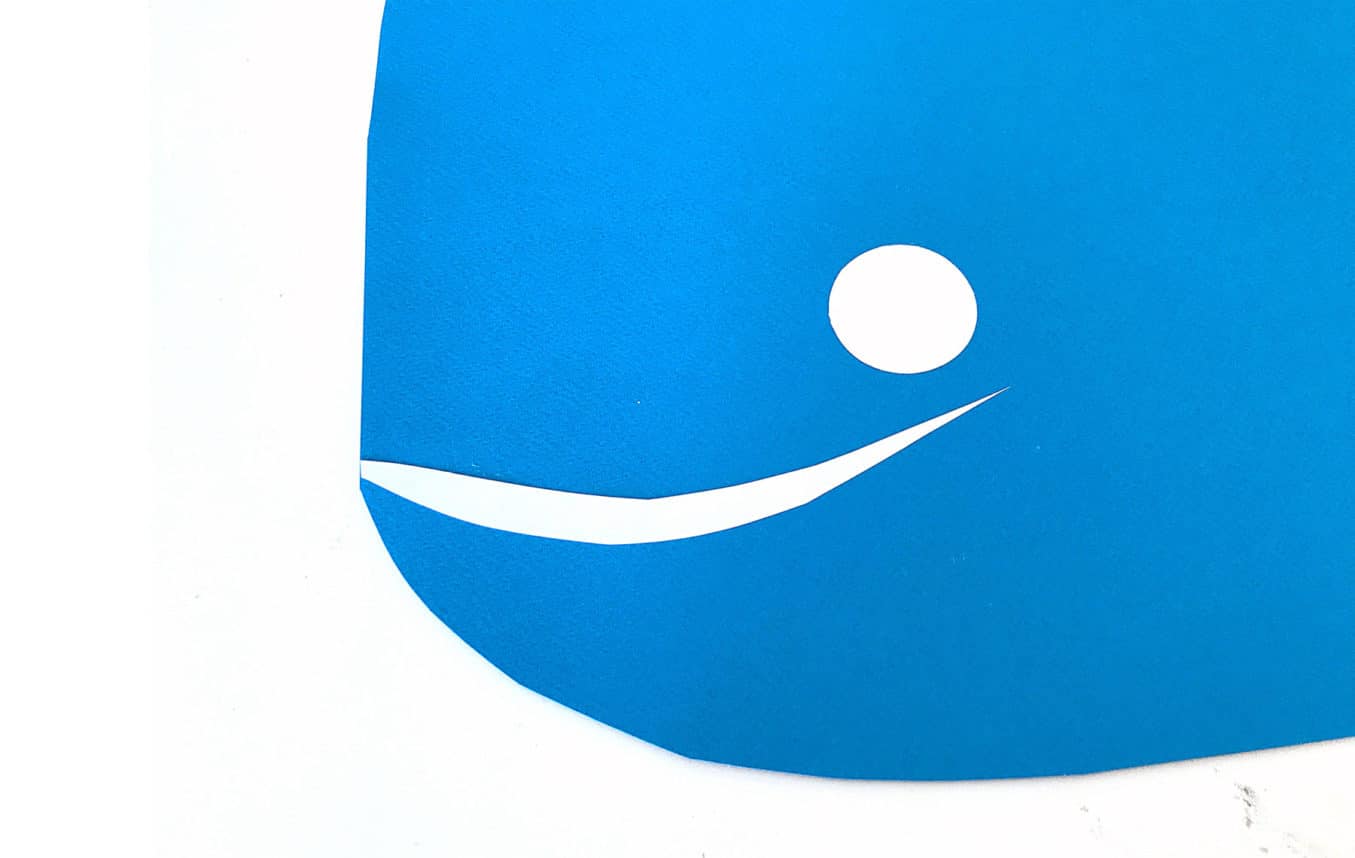
4. Cut out an eye and mouth from a white sheet of paper and glue it to the front of the whale. You also can draw them.
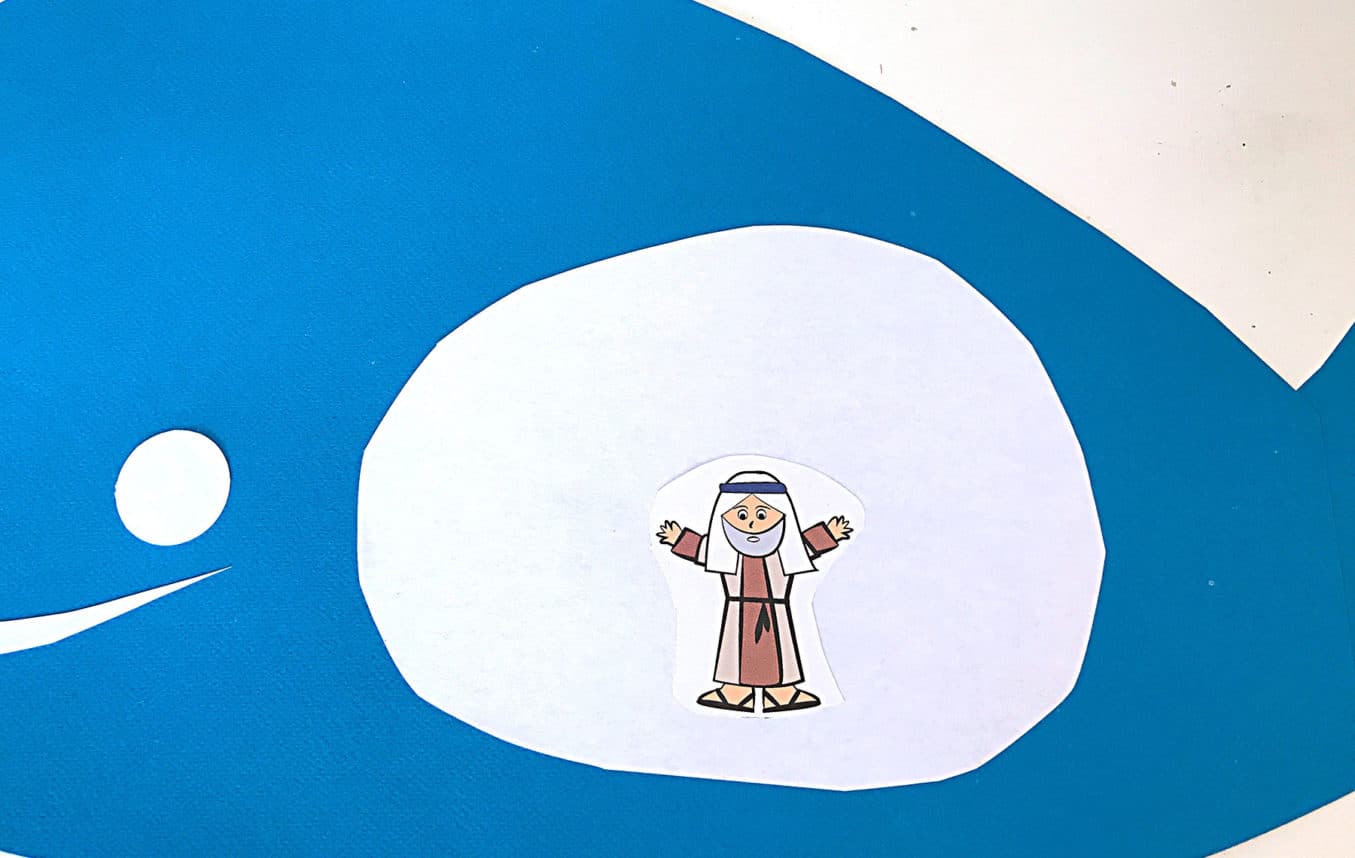
5. With the rest of your white piece of paper, cut out an oval shape for the belly and glue it to the middle of the whale. Add a drawing of Jonah to the belly.
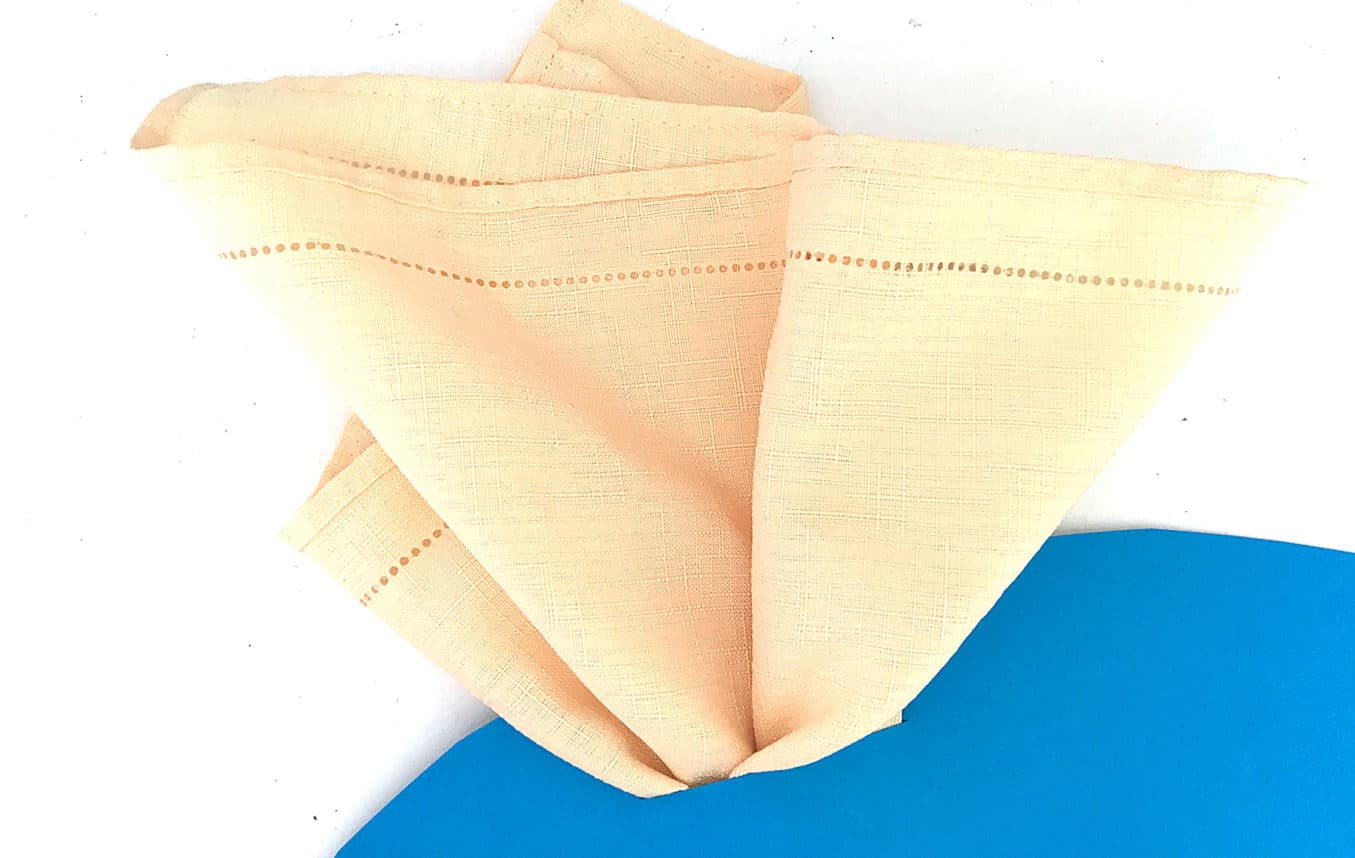
6. Cut a slit at the top of the whale for the blowhole and insert a napkin through the opening.
Jonathan Fong is the author of “Flowers That Wow” and “Parties That Wow,” and host of “Style With a Smile” on YouTube. You can see more of his do-it-yourself projects online.


